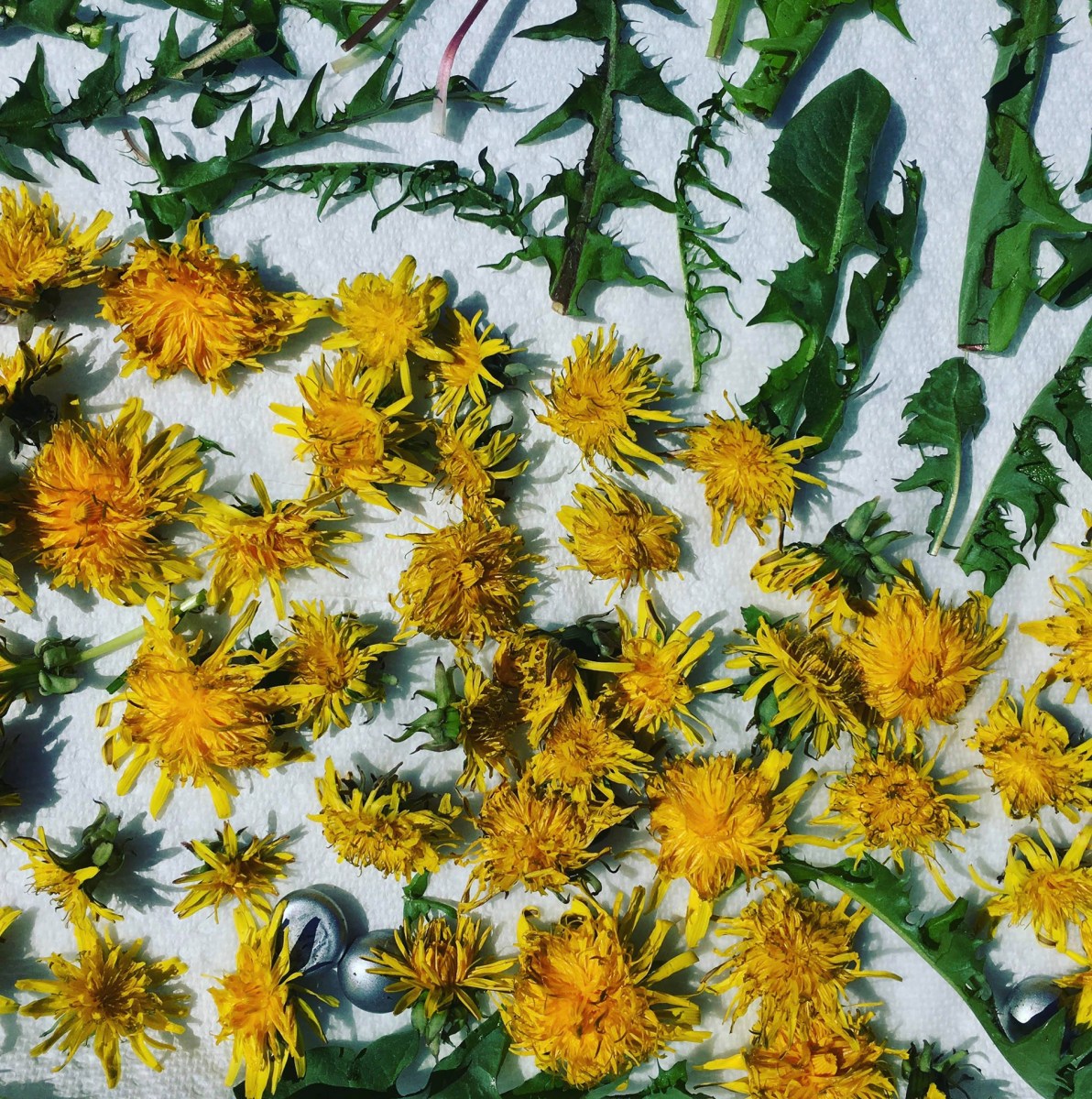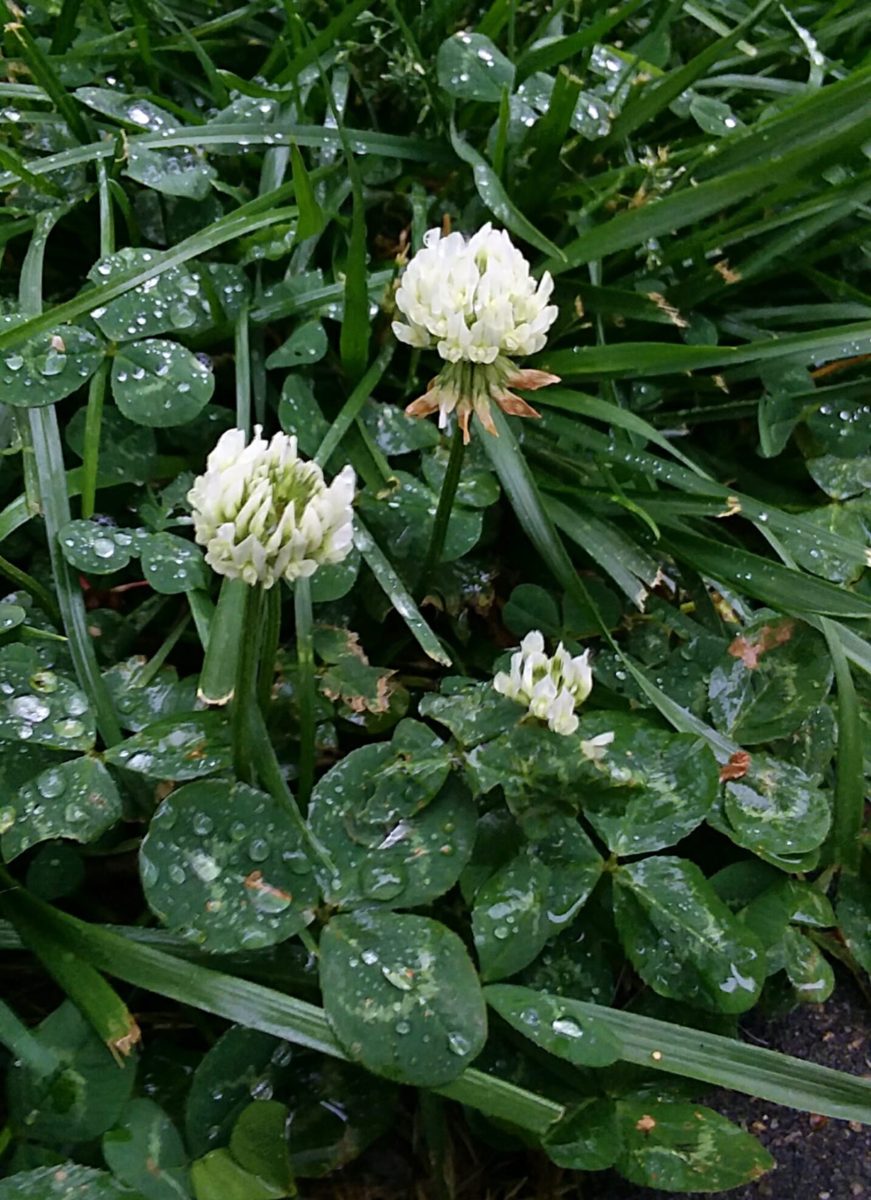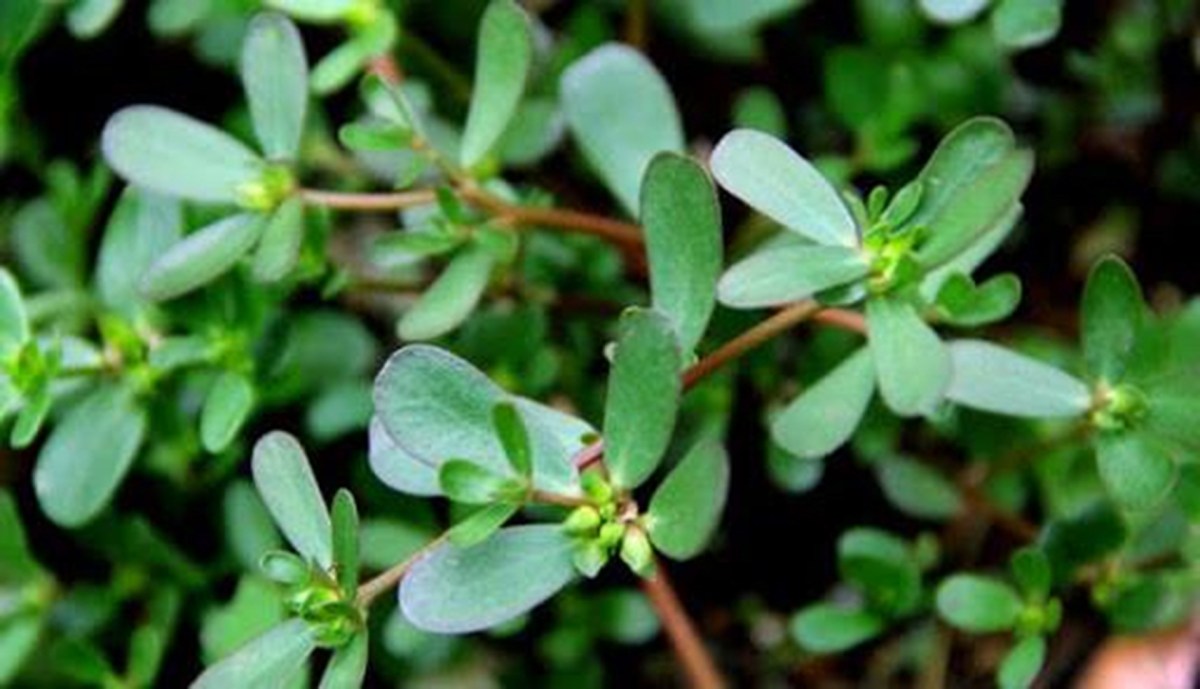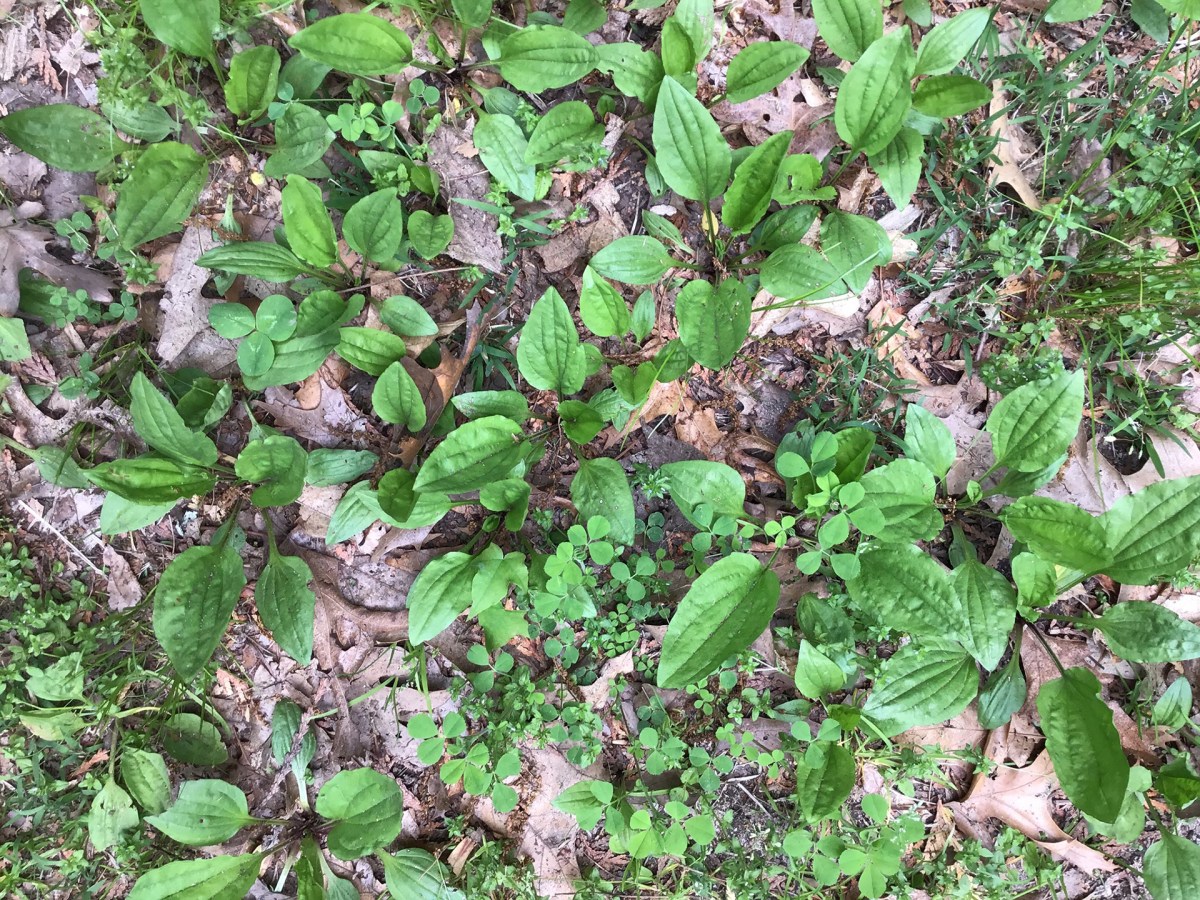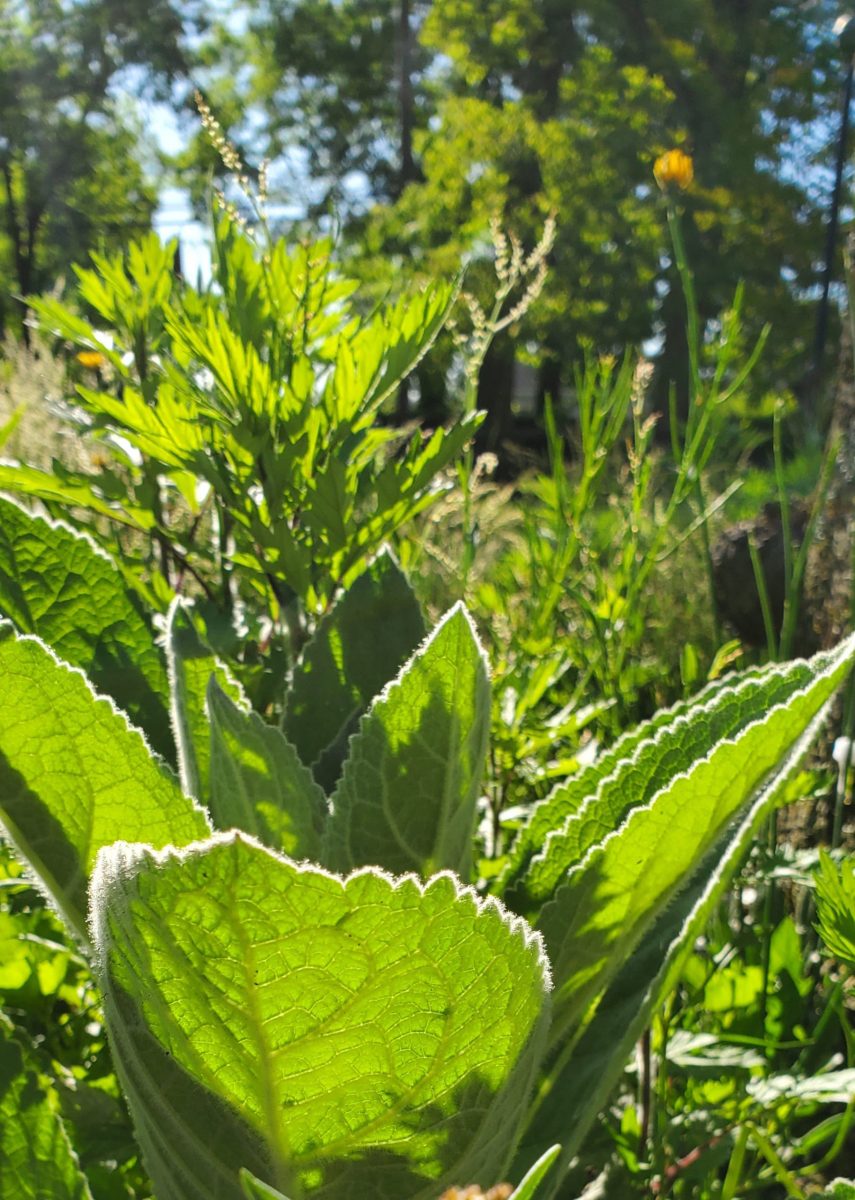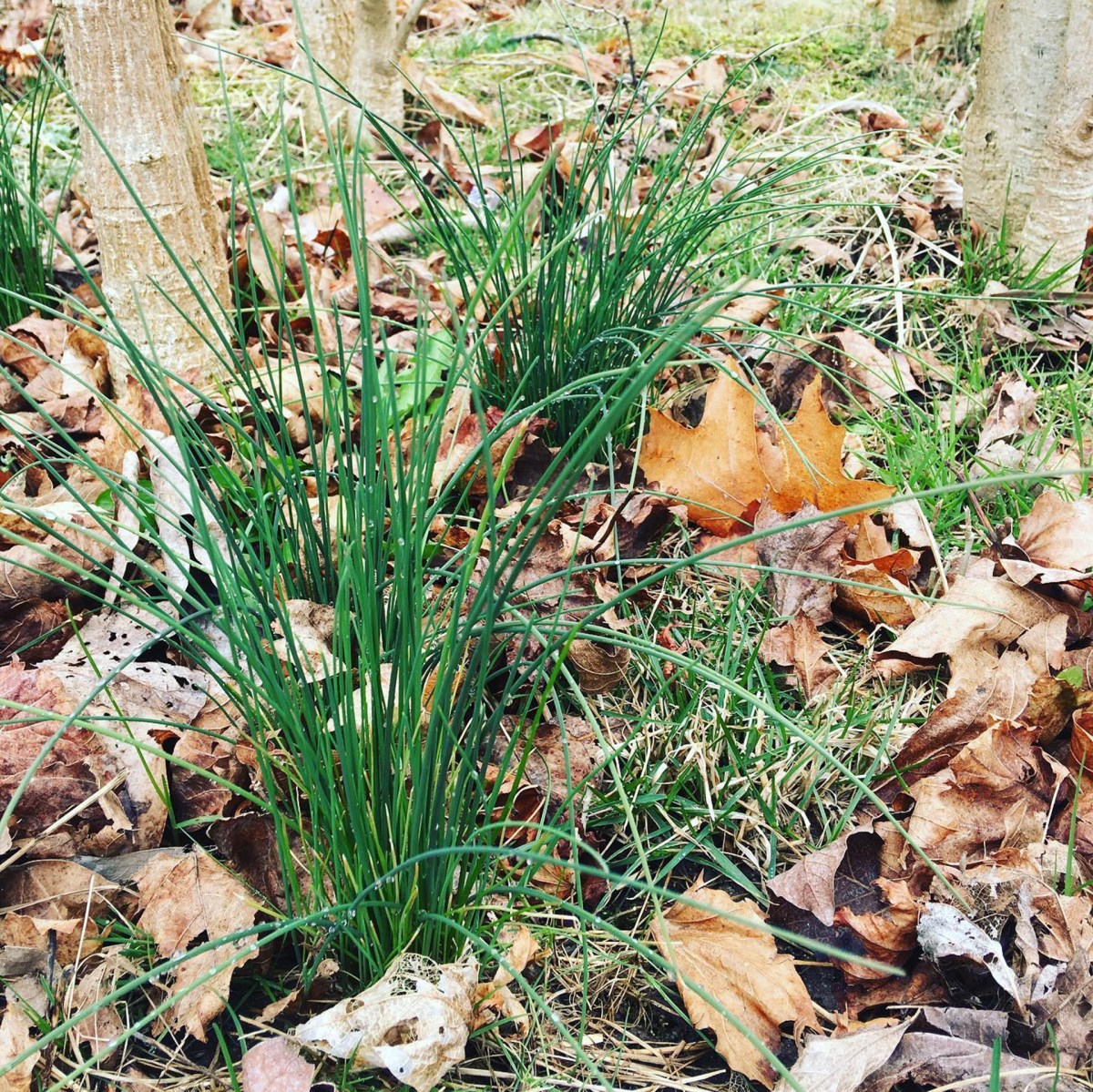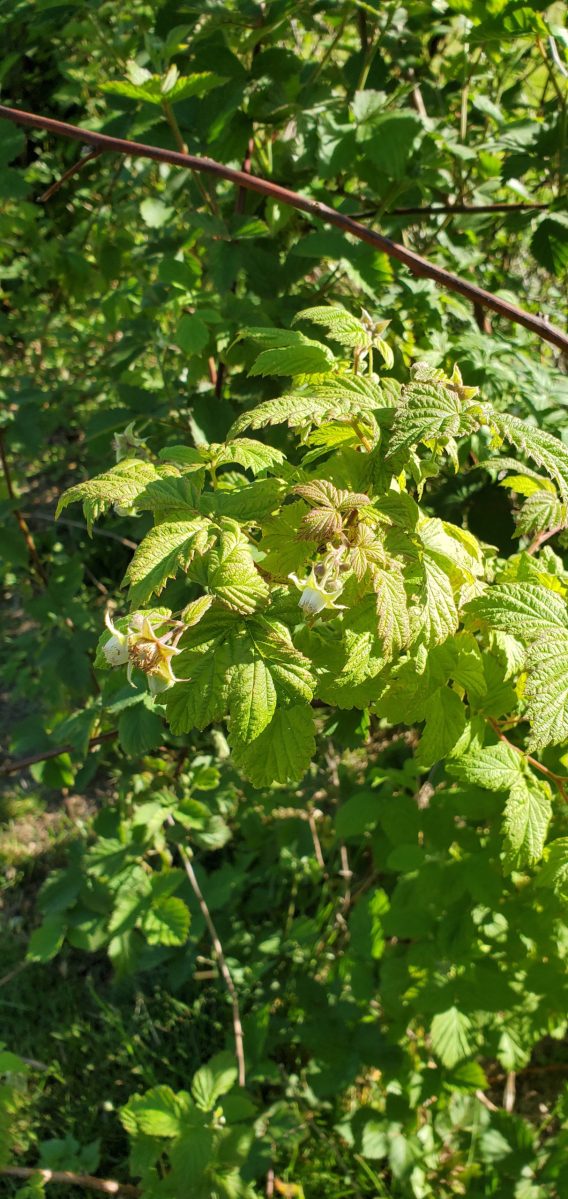Into The Weeds
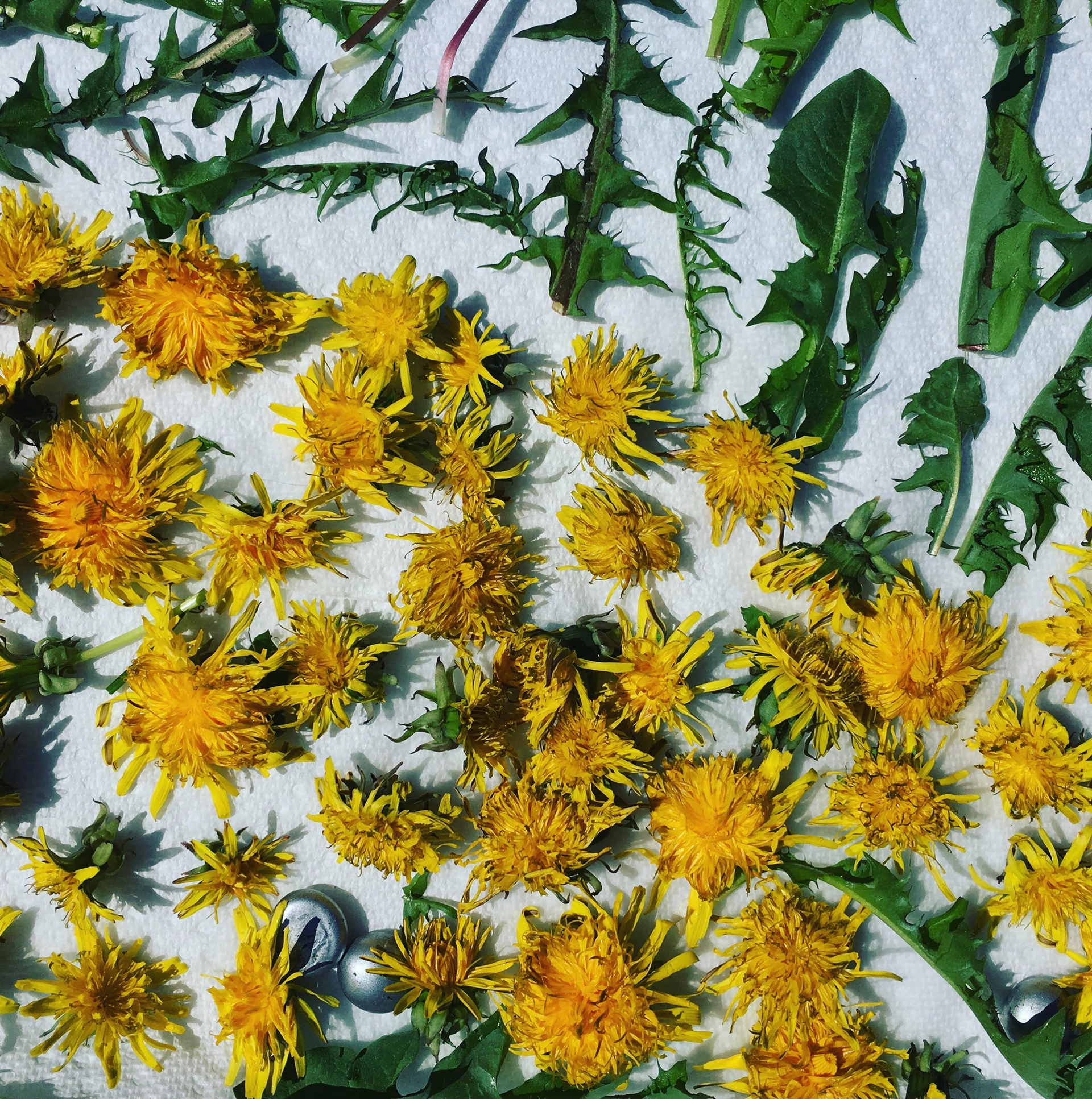
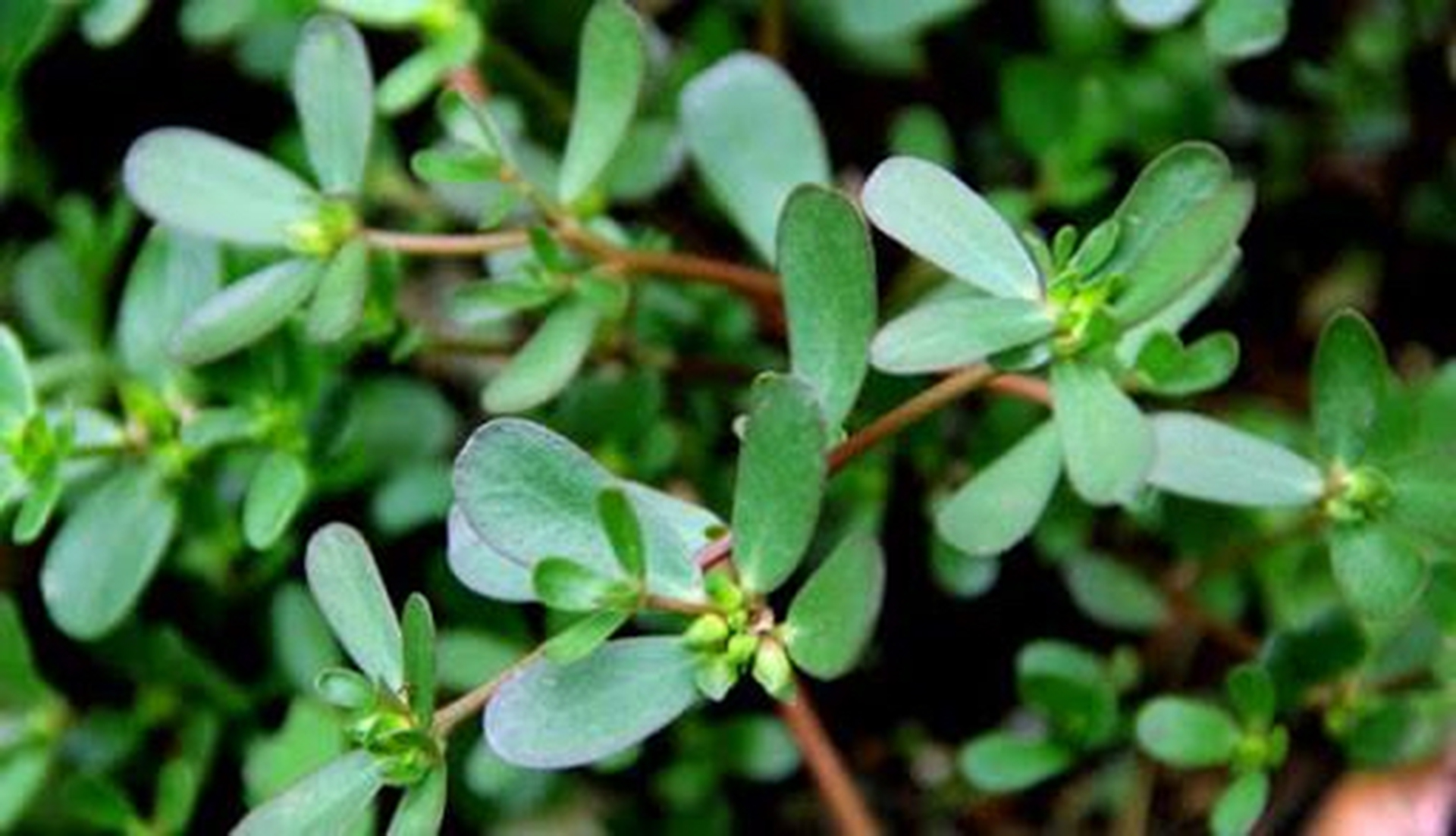
OK, you get it. You’re angry about people putting chemicals on their lawns. It’s bad for the bees, it poisons the planet, yadda yadda yadda.
But now your yard is full of weeds — so what are you going to do about it?
Weeds are the Rob Lowe of the garden set — maligned and misunderstood, but making a comeback as gardeners learn to appreciate their edible and medicinal possibilities.
“I harvest mullein for medical use, including infused in extra virgin olive oil for earaches. It’s also good for lungs,” said Joanna Lane of Cutchogue. “The other staple favorite is plantain, which I make into a salve.”
Mullein has large, soft, fuzzy leaves and grows a yellow, pointed flower on a large stalk. Plantain isn’t the banana-like fruit from the Caribbean; we’re talking about common plantain here. It’s easily recognizable and purportedly hosts powerful healing properties.
You know those chive-like growths that spring up? That’s field garlic, and it’s a homesteader’s dream.
“It’s perfect for whenever you run out of garlic, scallions, or onions,” said Ali Gogas of Mastic Beach. “Pair with chickweed or garlic mustard for a delicious ‘weed’ pesto.”
Beth Bennett of Islip is a big fan of white clover.
“It’s a beautiful ground clover with flowers that feed many beneficial insects,” she said. “These days, with people actively killing this clover, children miss out on making flower crowns and jewelry, or not having the joy of finding the elusive four-leaf clover.”
Kathleen Johnson of Center Moriches is a big fan of finding purslane in her garden.
“It’s a powerhouse when it comes to nutrients, minerals, omega-3s, and antioxidants,” she said. “I throw it in salads or in our green juices.”
Sorrel and dandelion greens are great in salads or sautéed, and full of vitamins. Dandelion, both the flower and the greens, has all sorts of medicinal uses. “For centuries, they’ve been used to treat a myriad of physical ailments, including cancer, acne, liver disease, and digestive disorders,” according to Healthline.com.
And if you’re lucky, you might just have the Holy Grail of weeds in your garden: wild black raspberries or lowbush blueberries, or even boysenberries, especially if you have a wooded lot.
Mugwort grows like, well, a weed. It’s invasive — meaning it’s “from away,” as Long Islanders say — but if it’s dried and stuffed in a pillow, it’s supposed to help bring about lucid dreaming.
Obviously never ingest anything from your garden without doing extensive research.
Of course, weeds in your vegetable and herb garden are not welcome. They will soak up the nutrients from the soil and kill off your lovely tomato plants, so pluck them out, but watch out for poison ivy. Don a cape, make a spray of salt and vinegar, and enjoy a murderous spree, ridding the world of this satanic supervillain.
It’s been said there are plants in the Amazon that haven’t even been discovered yet, and maybe one of them might hold the cure for cancer.
In the meantime, have fun discovering the weeds in your own backyard.
Some helpful resources include Facebook’s Long Island Homestead Forum, the website www.wildmanstevebrill.com — who will also lead a foraging tour on your property, for a fee — books like Jeanne Rose’s “Herbs & Things,” classes from herbal rockstars like Rosemary Gladstar, Susun Weed, and Juliet Blankespoor, and a plethora of weed identification apps for your phone.
bridget@indyeastend.com
